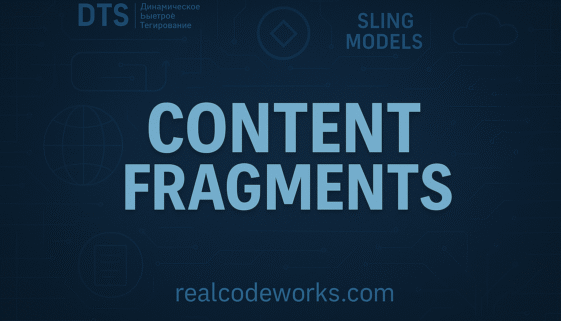
AEM

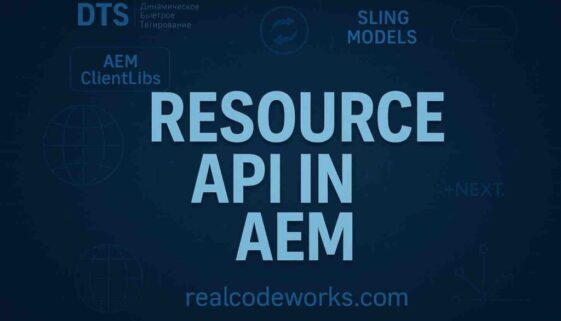
Resource API in AEM
Okay, so now that we’ve got a good understanding of ResourceResolver, how we get it in services, servlets, and Sling Models, let’s talk about what we do once we have that resolver. The […]
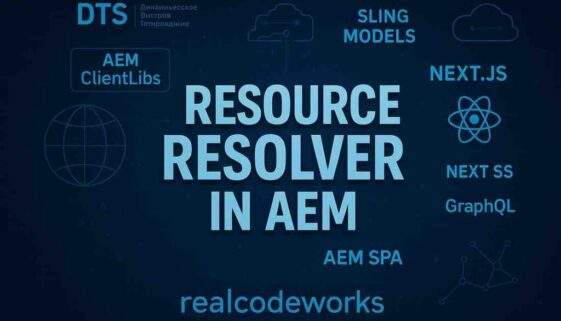
Resource and ResourceResolver Complete Guide in AEM
1. Introduction Whenever we work with AEM, we are always dealing with content stored in the repository. But how exactly does AEM let us access things like pages, images, or […]
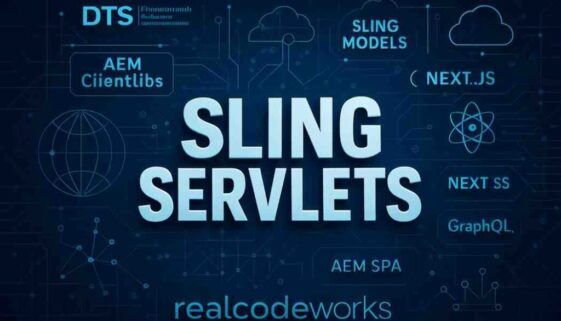
AEM Sling Servlet Complete Guide
1. What is Servlets? A servlet is a Java class designed to enhance the functionality of servers by handling client requests and generating responses, typically in web-based applications. Think of […]
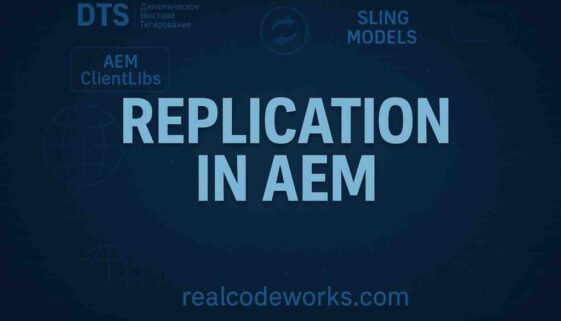
Replication in AEM
Introduction In AEM, sometimes we come across the scenario of replicating the content with a specific replication agent. For example, if we want to replicate the content from one instance […]
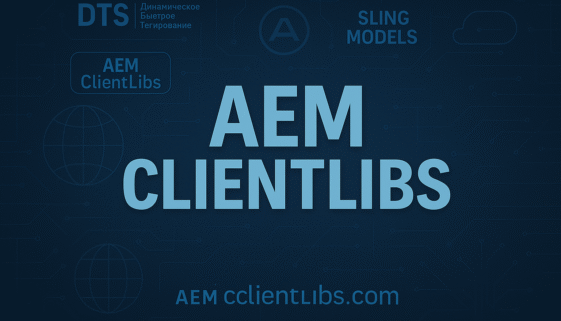
AEM Clientlibs Complete Notes
Before we jump into the AEM Clientlibs, let’s first look at how JavaScript and CSS files are managed in a typical web development project. Let’s take the example of a […]
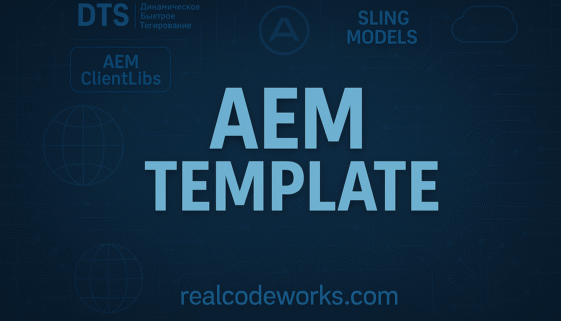
AEM Template Complete Guide
1. What is an AEM Template? The template is a starting point for creating pages in AEM. Think of it like this, every time you make a new page, it […]
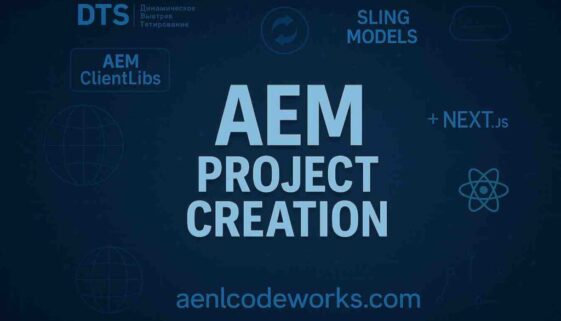
AEM Project Creation
In this blog, we will create a new project using the latest AEM archetype. Along the way, we’ll understand the structure of the project and will explore the modules involved […]
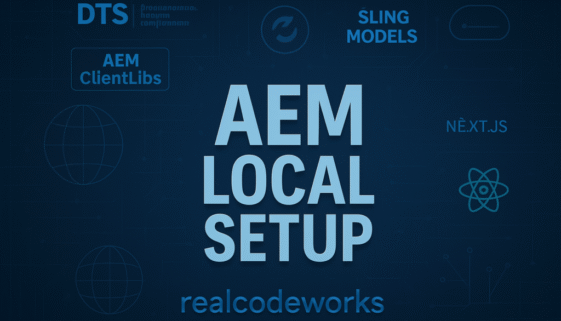
AEM Local Setup
1. Introduction to AEM Instances An AEM instance is the environment where Adobe Experience Manager runs. There are two main types of instances: Author Instance This is where content authors […]
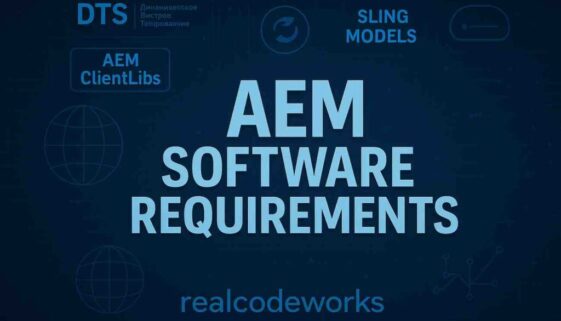
AEM Software Requirements
1. Install Java Development Kit (JDK) Adobe Experience Manager is a Java application and this requires the Java SDK to support the development and the AEM as a Cloud Service […]